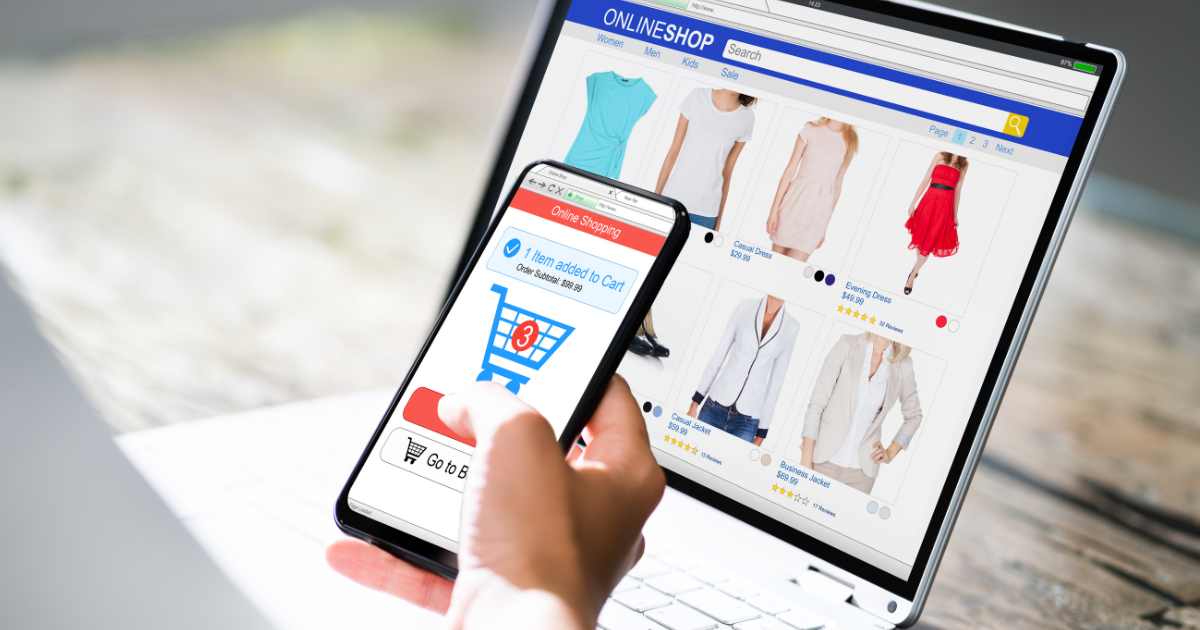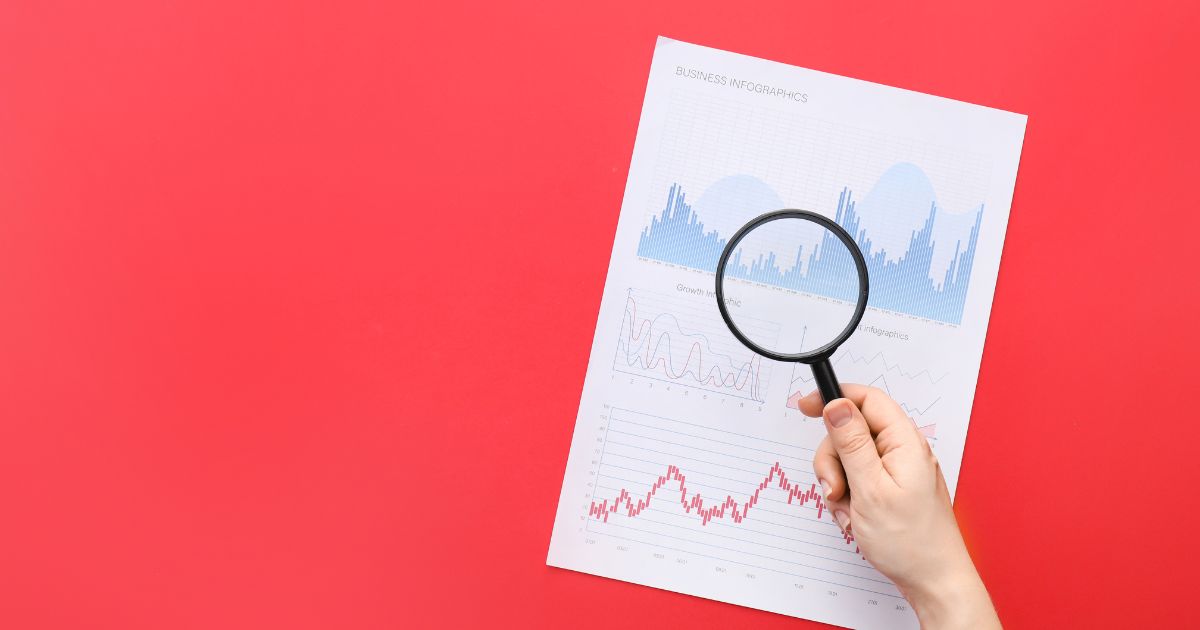
Viresh Harduth, Vice President, Small Business, Sage Africa and Middle East shares how entrepreneurs can put together a COVID-19 recovery plan.
If you’re running a small business, there are no quick fixes for the damage that the COVID-19 pandemic may have dealt to your cash reserves and your cash flow.
There is also no way to predict how soon the crisis will genuinely be over or how it will change the shape of your industry or the behaviour of your customers.
This COVID-19 recovery plan will help to put your business on a more sustainable footing for the future – whatever it may hold. Let’s take a look:
1. Assess the damage
If business slowed down or you needed to close up shop during the stricter lockdown levels, you are probably throwing yourself into work in the hope of making up for lost time and money as part of your COVID-19 recovery. However, it is also important to take some time out to evaluate the damage the crisis did to your business.
For example, as part of your COVID-19 recovery plan, you will want to assess:
- How did the crisis affect your supply chain? Can you still source the same goods and services from the same providers you used before the lockdown?
- What impact has the pandemic had on demand for your offerings?
- Have you needed to downscale your workforce and what will this mean for your future growth?
- What will your cash flow look like as many expenses start to kick in again as you restart operations?
- What’s your picture in terms of liquidity (credit and cash)?
- How quickly can you reactivate your sales and marketing strategy?
- Has your cost base increased? Did this affect profitability?
Only when you understand how your business was hurt in the pandemic can you start to plan meaningfully for the recovery. And if you were one of the few to benefit – for example, an ecommerce or food delivery business – you might want to evaluate how you can sustain the growth you achieved beyond the pandemic.
2. Reflect on your pandemic experience
Once you’ve looked at the metrics I discussed above, the next step is to ask what they mean and what you can learn from them. You should look at what worked well for your business and what did not. In addition, there is an opportunity to evaluate how your business copes with adversity and identify the gaps in its capabilities.
The pandemic may also have revealed a great deal about the readiness of your business to adopt today’s digital technologies for competitive advantage.
For more insight, you can benchmark yourself against competitors and business partners.
A non-exhaustive list of the questions that may be worth asking includes:
- In a crisis, could you change the business as quickly as you wanted to? What would you do differently next time?
- How did your team respond? What gaps did the pandemic reveal in their capabilities?
- If you transitioned to offer home delivery or virtual services, was this more or less profitable for you? Is this sustainable in business as usual? Did this experience show that you’re ready for a digital world?
- Was a shift to remote working successful and should it become permanent?
- Were you using technology and automation effectively?
- Were your suppliers and service providers reliable in these difficult times? How could you avoid supply chain problems in a future crisis?
- Did you have the financial and business insights you needed to rapidly respond to the situation as it unfolded?
- How does your performance compare to your industry peers?
3. Assess what has changed from your customer’s perspective
Whether you operate in a B2B or B2C space, you can be sure that COVID-19 will have changed many of your traditional customers’ attitudes, habits and beliefs. For example, many restaurants may find that customers still prefer to get takeaway deliveries to eating out, while we could see people go on self-driving holidays to avoid catching flights.
In this volatile climate, businesses need to be more customer-centred than ever to thrive, especially with many consumers and business customers cutting their spending. It’s essential to stay close to customers in order to understand how their needs have changed and to anticipate what’s next.
Some questions as part of your COVID-19 recovery plan to consider:
- Who are your customers today? Which customers did you retain, gain and lose?
- Have you been meeting their expectations throughout the lockdown? Could you manage expectations better?
- How have these expectations changed as a result of, for example, more reliance on digital channels or loss of income?
- How did their behaviours and consumption patterns change? Do you (and they) anticipate a return to earlier behaviours?
- How does your digital customer experience shape up?
4. Review your strategy and operations
Looking at the areas described above will help you to identify the strengths and challenges of your business, as well as to evaluate whether your current business plan is suitable for the new working world. You might want to fine-tune your business strategy and identify opportunities to streamline operations.
It would be wise to plan for multiple scenarios, since the progression from COVID-19 crisis to recovery might not be linear. We could, for example, face a second and even a third wave of infection. Or it could take longer than anticipated for consumer spending to normalise. Planning for a range of outcomes will ensure that you’re better prepared for the next crisis, whatever or whenever it is.






